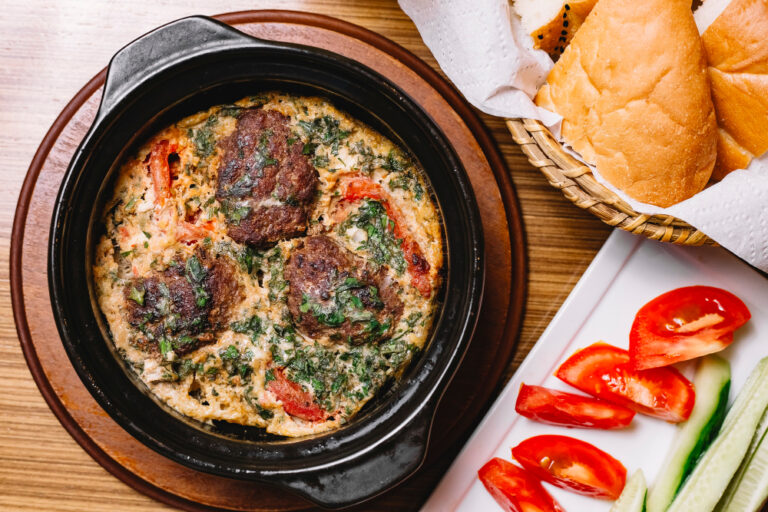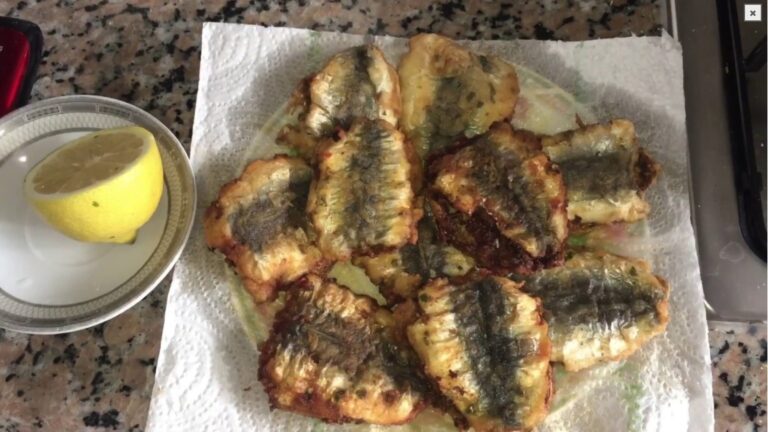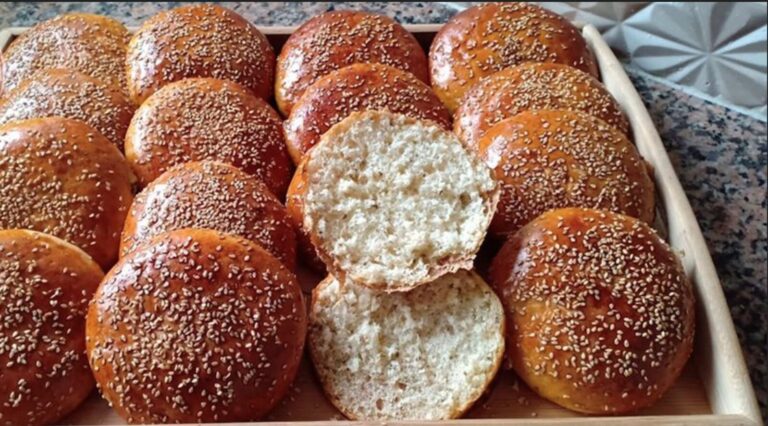
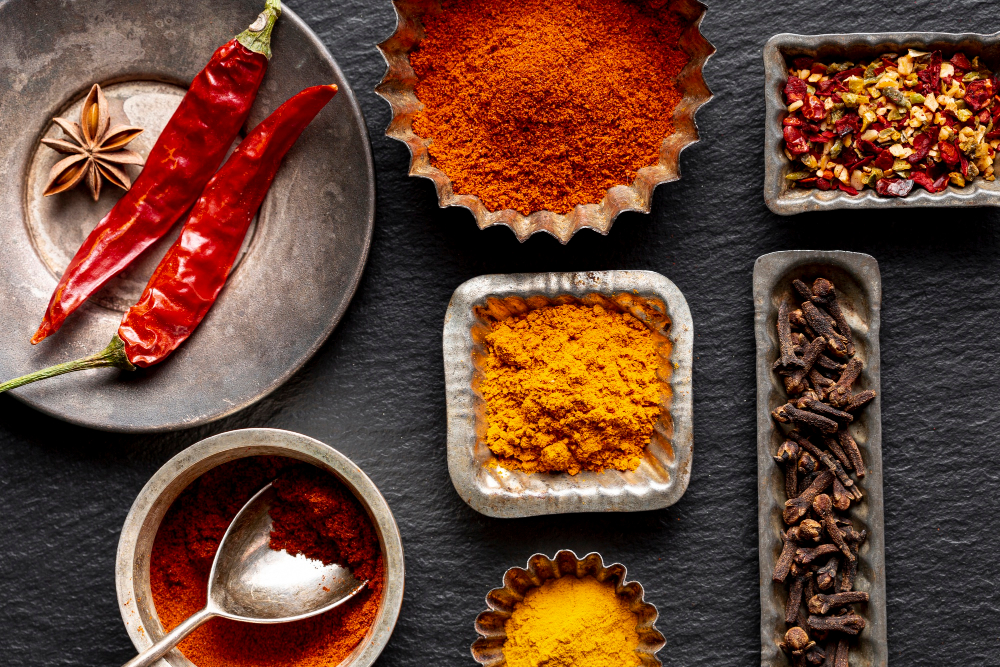
The vibrant flavors of Moroccan food are not just about ingredients—they’re about history, culture, and storytelling through spice. Every dish, from a fragrant tagine to a steaming bowl of couscous, carries the essence of Morocco’s diverse past. Traders, explorers, and dynasties have each left their mark on Moroccan cuisine, blending African, Arab, and Mediterranean influences.
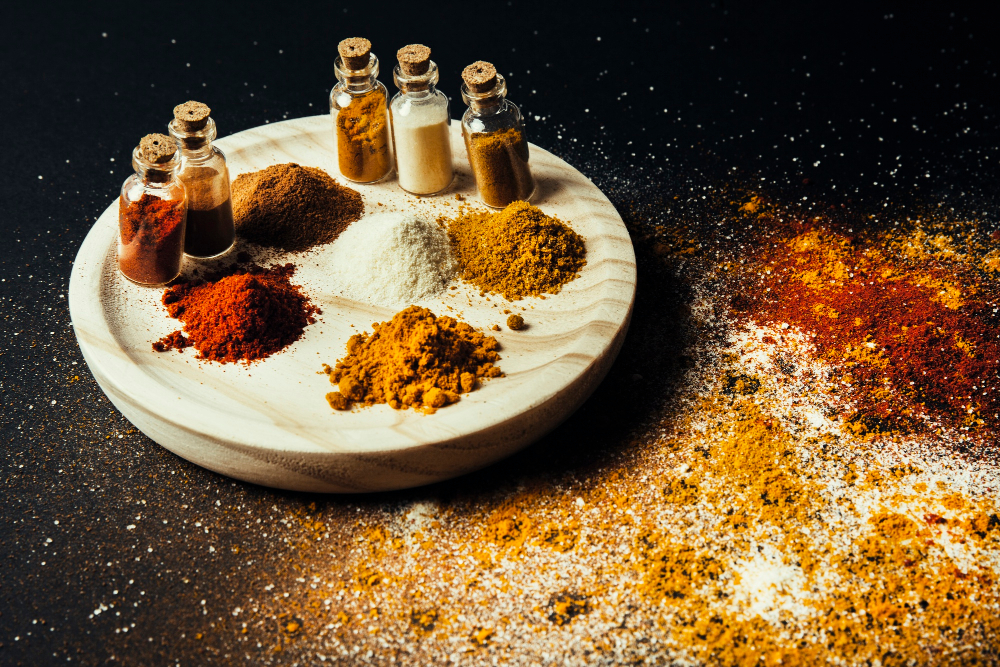
In this article, we’ll explore the role of spices in Moroccan cuisine, uncovering how these colorful powders and seeds turn simple ingredients into extraordinary meals. Whether you’re wandering through the spice markets of Marrakech or tasting mint tea in Fez, understanding Morocco’s relationship with spices is key to appreciating its culinary magic.
The Essence of Moroccan Spices
Spices are at the heart of Moroccan cooking, offering not only flavor but also a sense of identity. The country’s unique location—where the Sahara Desert meets the Mediterranean Sea—has made it a crossroads of cultures and trade for centuries. Caravans from the East once brought precious spices across the desert, enriching Moroccan dishes with exotic aromas and tastes.
Key Spices in Moroccan Cooking
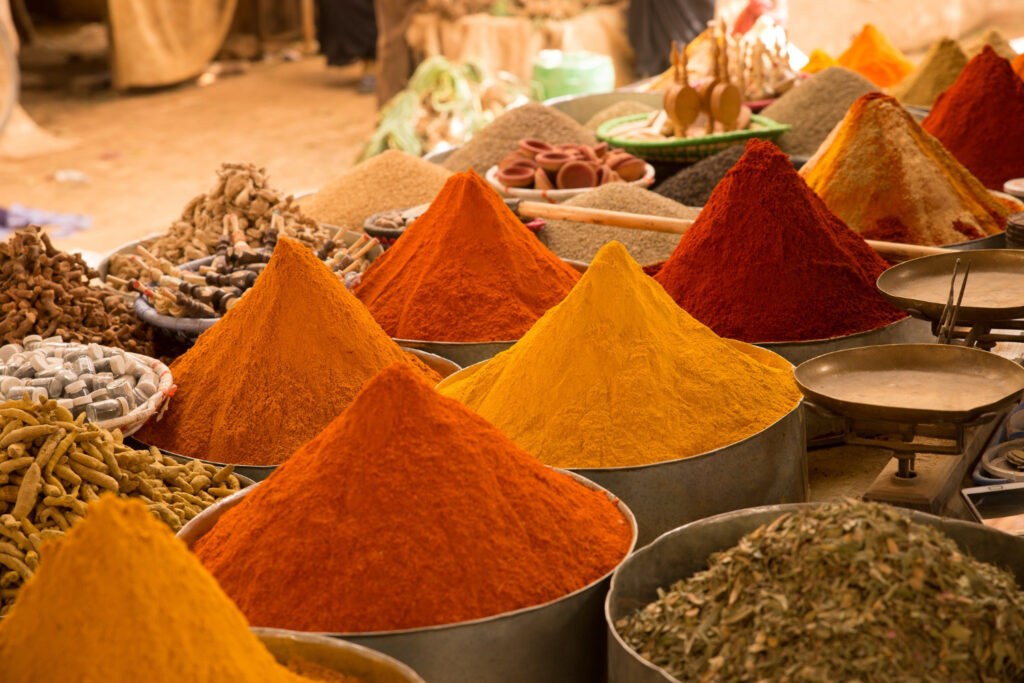
- Cumin – Known as the “soul of Moroccan food,” cumin adds warmth and depth to stews, meats, and salads.
- Paprika – Sweet or smoky, paprika brings a bright red hue and subtle flavor to tagines and grilled dishes.
- Turmeric – Used for both color and health benefits, turmeric gives Moroccan dishes their golden glow.
- Ginger – Adds a sharp, slightly sweet note to couscous and tagines.
- Cinnamon – Essential in both sweet and savory recipes, such as pastilla (a flaky meat pie dusted with sugar and cinnamon).
- Saffron – Often referred to as “red gold,” saffron from Taliouine in southern Morocco is prized for its delicate aroma and rarity.
- Ras el Hanout – Literally “the head of the shop,” this spice blend can contain up to 30 ingredients, from nutmeg to dried rose petals. Each vendor’s mix is unique, making it a true expression of Moroccan artistry.
These spices aren’t just for taste—they reflect Morocco’s soul. Each pinch carries centuries of tradition and trade routes that connected the country to distant lands.
Experiencing Spices in Morocco
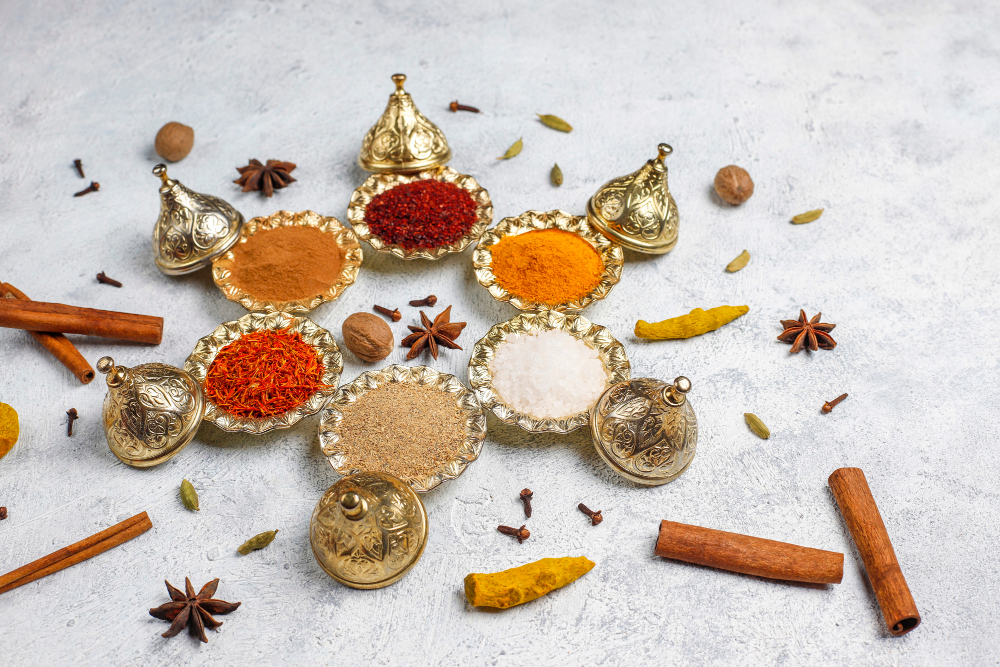
To truly understand the role of spices in Moroccan cuisine, travelers should immerse themselves in Morocco’s bustling souks (markets). Walking through a spice market is a sensory adventure: colors range from deep reds to vibrant yellows, and the air is thick with the scent of cumin, coriander, and cinnamon.
Best Places to Discover Moroccan Spices
- Marrakech: The Jemaa el-Fnaa square and the surrounding souks are paradise for spice lovers. Vendors proudly display mountains of powdered spices in conical shapes.
- Fez: Known for its ancient medina and traditional apothecaries, Fez offers insight into how spices are used not only in food but also in medicine and perfume.
- Essaouira: A coastal town where spices meet the sea breeze—perfect for sampling spice-marinated seafood.
- Taliouine: The saffron capital of Morocco, where fields of purple crocus flowers bloom in autumn. Visitors can tour local farms and see how saffron is harvested by hand.
Every region has its own culinary identity. For instance, coastal areas favor coriander and preserved lemon in fish dishes, while the desert regions lean toward cumin and chili to flavor hearty stews.
Cooking and Cultural Insights
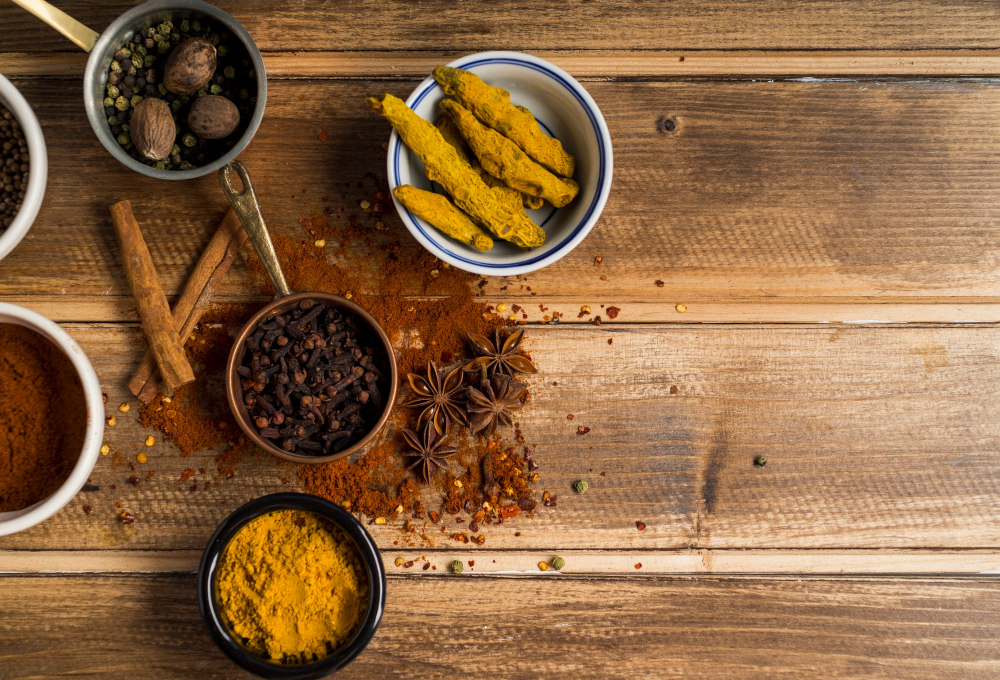
Moroccan food tells stories—of family, faith, and hospitality. Meals are shared communally, often from a single large dish placed in the center of the table. But it’s the balance of spices that gives each meal its distinct character.
The Art of Blending
Moroccan cooks rarely measure spices with spoons. Instead, they rely on instinct and experience passed down through generations. This intuitive blending creates the harmonious layers of flavor found in every dish.
For example:
- A chicken tagine with preserved lemons and olives combines saffron, ginger, and turmeric.
- A lamb and prune tagine highlights cinnamon and nutmeg for a sweet-savory twist.
- Even Moroccan mint tea, though simple, sometimes includes a dash of spice or herb for added warmth.
Health and Symbolism
Spices are also valued for their healing properties. Cinnamon aids digestion, turmeric reduces inflammation, and cumin boosts the immune system. Beyond health, spices symbolize prosperity and abundance, especially during celebrations like weddings and religious holidays.
Traveler Stories and Real-World Experiences
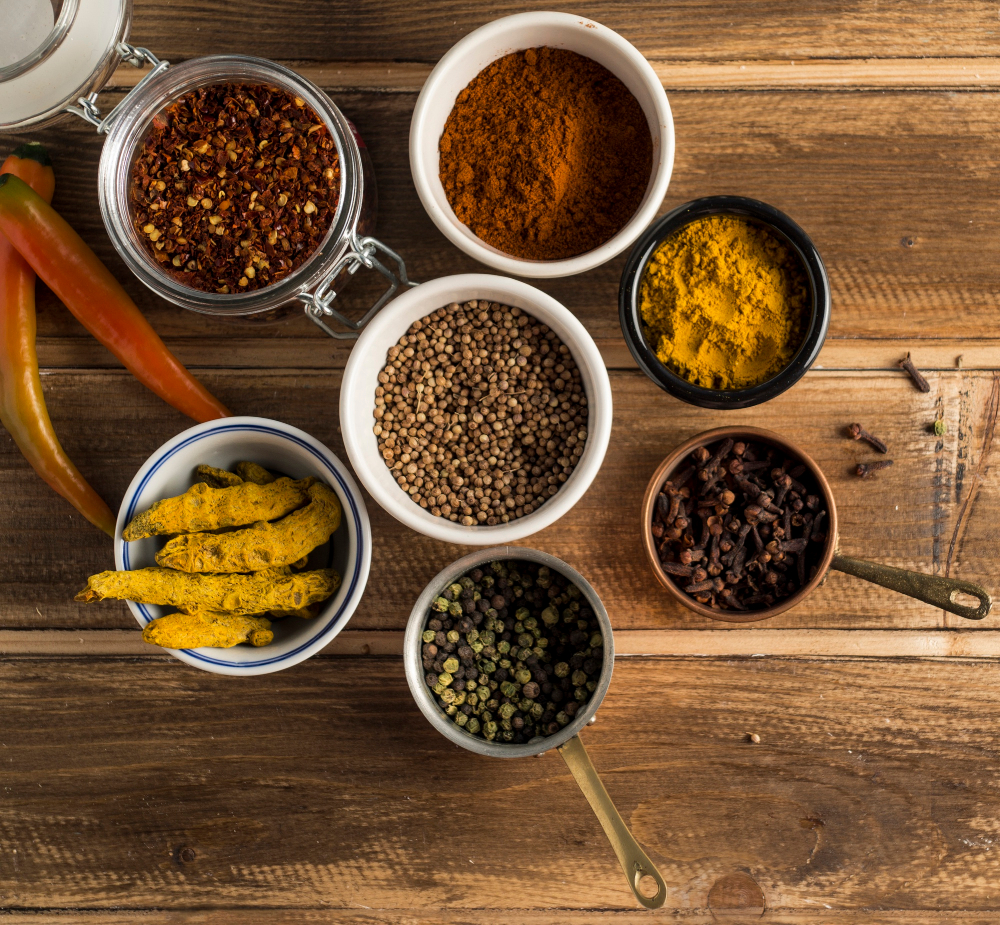
Travelers often describe Moroccan cuisine as a “journey within a journey.” For instance, many visitors in Marrakech recall their first taste of Ras el Hanout—the complex blend that defines Moroccan seasoning. Some describe it as smoky, floral, and slightly sweet all at once, impossible to replicate exactly outside Morocco.
Cooking classes are increasingly popular in cities like Marrakech and Fez, where tourists can learn to grind spices by hand, marinate meat, and cook over traditional clay pots. These experiences offer not just recipes, but cultural understanding and connection.
Imagine standing in a courtyard kitchen, sunlight streaming through lattice windows, as your instructor explains how her grandmother’s secret blend of cumin and saffron made every meal special. That’s the essence of Moroccan food—it’s more than a recipe, it’s a legacy.
When to Visit and What to Try
If your goal is to experience the role of spices in Moroccan cuisine firsthand, plan your visit according to Morocco’s food festivals and harvest seasons.
Best Seasons for Culinary Exploration
- Autumn (October–November): Visit the saffron fields in Taliouine and join the annual Saffron Festival, celebrating harvest season with music, crafts, and tastings.
- Spring (March–May): Ideal for visiting spice markets, cooking schools, and enjoying lighter dishes featuring fresh herbs.
- Winter: Perfect for cozying up with warm tagines spiced with ginger and cinnamon in the Atlas Mountains.
Must-Try Dishes
- Chicken Tagine with Lemon & Olives
- Lamb Tagine with Prunes
- Couscous with Seven Vegetables
- Harira Soup
- Pastilla (Sweet-Savory Pie)
Each of these dishes showcases how spices can turn humble ingredients into something extraordinary.
FAQ: The Role of Spices in Moroccan Cuisine
What makes Moroccan spices unique?
Moroccan spices are unique because of their blend of African, Arab, and Mediterranean influences. The combinations are complex yet balanced, creating depth without overpowering the dish.
Where can I buy authentic Moroccan spices?
You can buy them in Morocco’s local souks—especially in Marrakech, Fez, and Taliouine—or at reputable spice shops that export Moroccan blends worldwide.
What is Ras el Hanout?
Ras el Hanout is a traditional Moroccan spice mix made from a blend of 10–30 spices, including cardamom, cinnamon, nutmeg, and rose petals. Each merchant creates their own special version.
Are Moroccan spices very spicy?
Not usually. Moroccan cuisine focuses on flavor over heat, so while chili is sometimes used, most dishes are aromatic rather than fiery.
Can I bring Moroccan spices home?
Yes! Most Moroccan spice vendors package spices in sealed bags suitable for travel. Just check your country’s customs regulations before flying home.
Conclusion
Spices are more than ingredients in Morocco—they’re the language of its cuisine, the rhythm of its markets, and the fragrance of its hospitality. Understanding the role of spices in Moroccan cuisine is like unlocking the country’s heart through its food.
So next time you visit Morocco, don’t just admire its landscapes—immerse yourself in its aromas. Visit the souks, join a cooking class, or share a meal with locals. Let the spices guide your journey and taste the centuries of culture they carry.
Ready to explore Morocco’s flavors?
Start planning your next culinary adventure with Skies of Morocco—your gateway to the world of taste, tradition, and travel.

